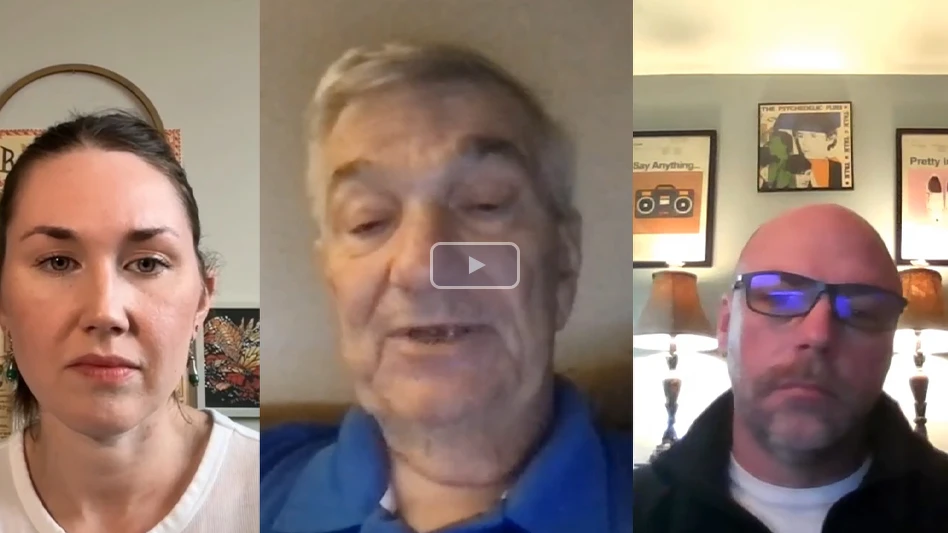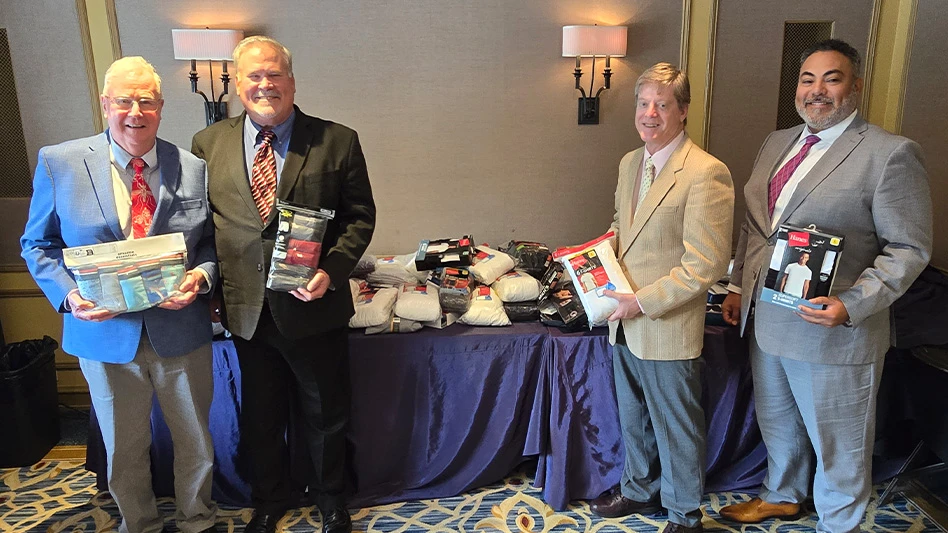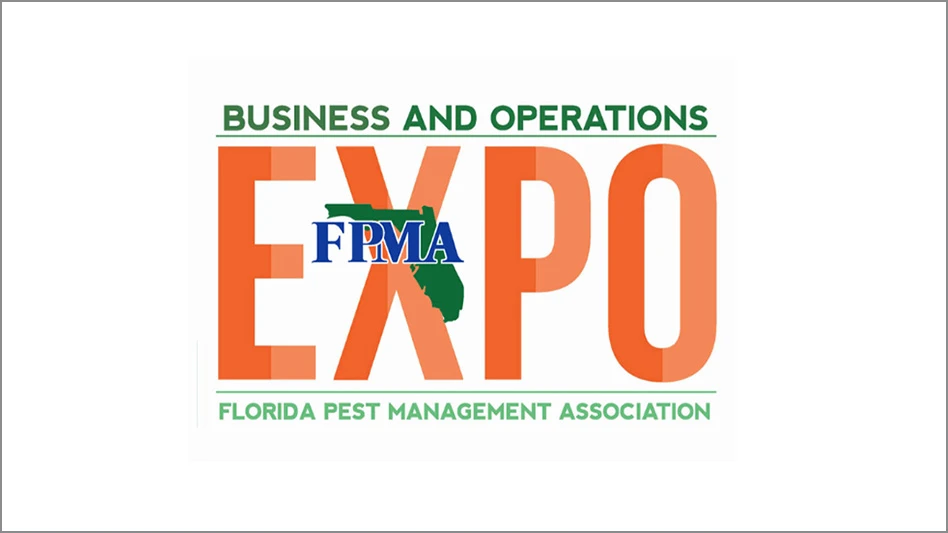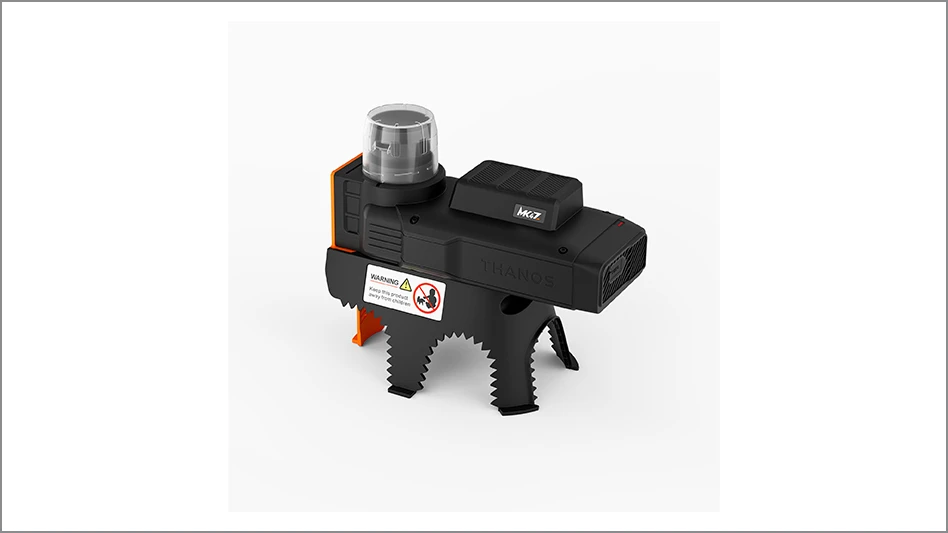More than half (52 percent) of pest control companies offered employees medical insurance, with the most common being a PPO or preferred provider organization plan (18 percent), found the 2022 PCT-NPMA Wage and Benefits survey.
On average, companies paid 63 percent of the cost for employee coverage and 26.1 percent of the cost for dependent coverage.

Forty-five percent of PMPs said their companies offered at least one other health-related benefit, with the most common being dental insurance (34 percent), vision insurance (30 percent), life insurance (26 percent) and prescription drug coverage (24 percent).
Like 4 percent of pest control companies, American Pest Control has a high-deductible health care plan with a Health Savings Account, or HSA. The company contributes money to the HSA if the employee does. “It’s definitely a benefit that a lot of employees take advantage of,” said Doug Hillman.
Tom Sieminski, owner of Team Pest Control in Sayville, N.Y., pays his five technicians a generous monthly stipend toward medical coverage. “I give them an extra amount of money so they can go find their own” health insurance or pay to be on their spouse’s plan, he said. The survey found 3 percent of pest control companies gave employees a monetary payment in lieu of medical insurance.

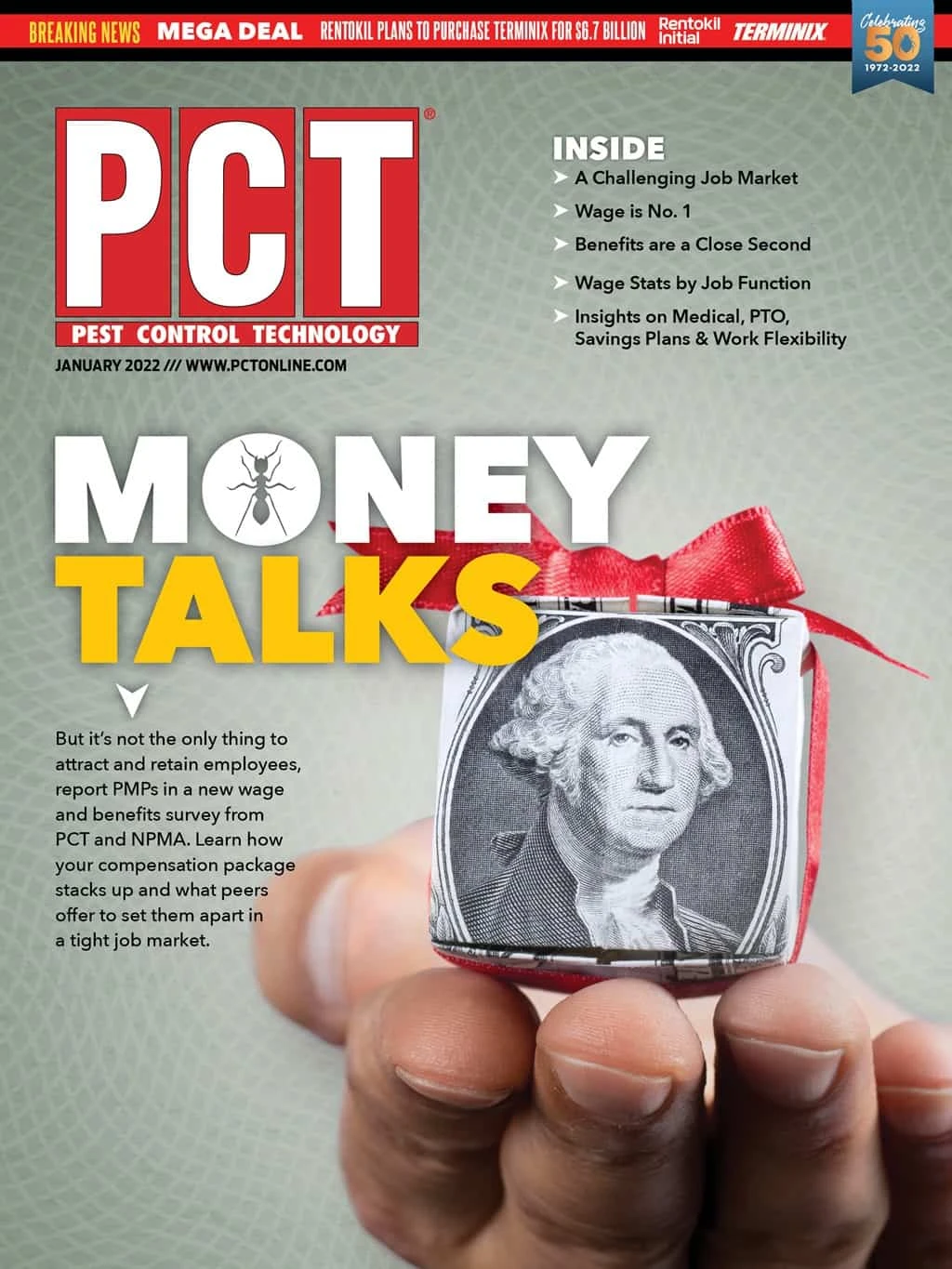
Explore the January 2022 Issue
Check out more from this issue and find your next story to read.
Latest from Pest Control Technology
- Advanced Education
- Fox Pest Control Recognizes Shreyan Singha as '25 Scholarship Winner
- Prodigy Pest Solutions Promotes Shaun Reeves to Technical Director of Operations
- Bobby Jenkins Named the 2025 Crown Lifetime Achievement Award Recipient
- Abell Pest Control Marks Five Years of ‘12 Days of Giving’
- Built-by-Owner Home? Look for Surprises
- The Pest Rangers Acquires O.C.E. Pest & Termite Control
- The Professional Pest Management Alliance Expands Investor Network

